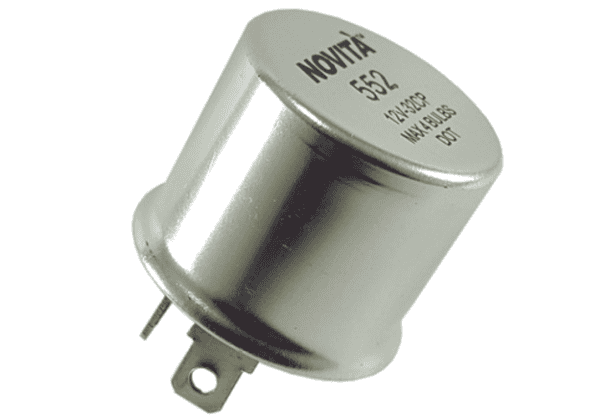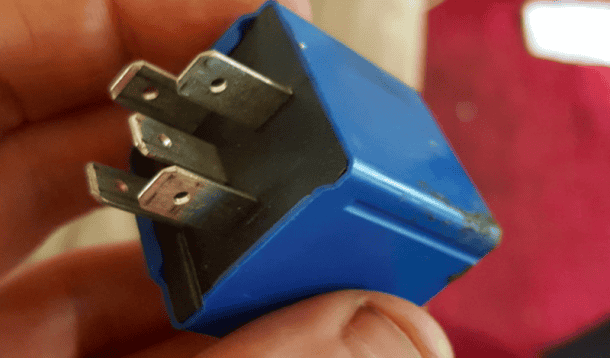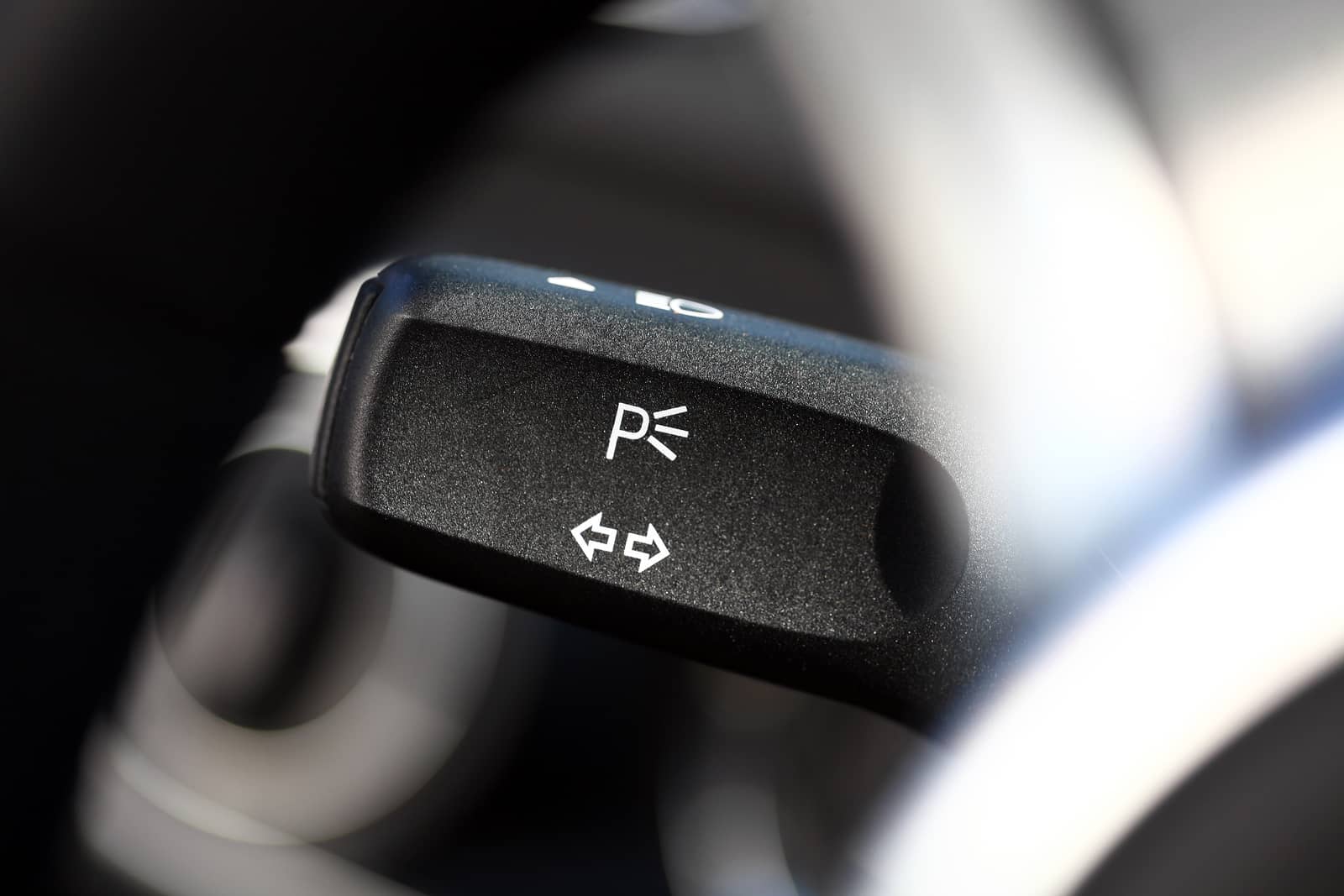You might never have focused on the clicky noise made by your car’s turn indicator, as it becomes something that is just supposed to happen. But there is no logic of adding a clicky noise inside the car when the signal itself is designed to warn the people outside! So what’s the point?
The rhythmic clicking sound that appears in sync with the flashing turn arrow actually goes back to the late 1930s. A man named Joseph Bell patented the idea of a flasher on cars, and then in the late 1930s, the flashing turn signals were made a standard on some of Buick vehicles.

Other automakers soon followed suit, and in the 1950s, turn signals were made mandatory on every vehicle. But the clicky sound has nothing to do with helping in turning, but instead the way the turn lights were constructed. Early vehicles utilized an old-school thermal style flasher to send current to the lights using a bi-metallic spring that would heat up when one flipped the switch. Since the two metals on the spring had different thermal expansion coefficients, the heating of the metal strip would bend it from its original shape, making the spring contact with another terminal and thus, turning on the signal lights.
This heating and bending and then cooling down of the strip while touching the two different contacts led to the clicky noise in the cars.

But this mechanism has been long abandoned and replaced with an electronic style flasher which uses a chip to send a pulse to the electromagnetic relay. The relay consisting of a set of wound coils create a magnetic field when an electric current is sent through them. The magnetic field attracts the hinged metal armature while disconnecting the contacts and cutting off the current to the lights. Once the current flow stops in the chip, and thus the coil, the magnetic field stops and the pull on the metal armature dies out, closing the circuit and turning the lights on again. The cycle repeats, leading to the blinking effect while the touching of the armature causes the click sound.
The video below shows this works.
So there you have it: the all too familiar click sound comes from either a bimetallic spring going back and forth with the changes in temperature or from a standard old relay using a little chip. In modern cars, computer boards and silent solid state relays are usually used, so the sound is played via speakers just as a remembrance of the good old days!



The explanation is only partially correct. Our French 2cv has the relay in the engine bay an additional clicker at the steering wheel to alert the driver that the blinker is still operating.